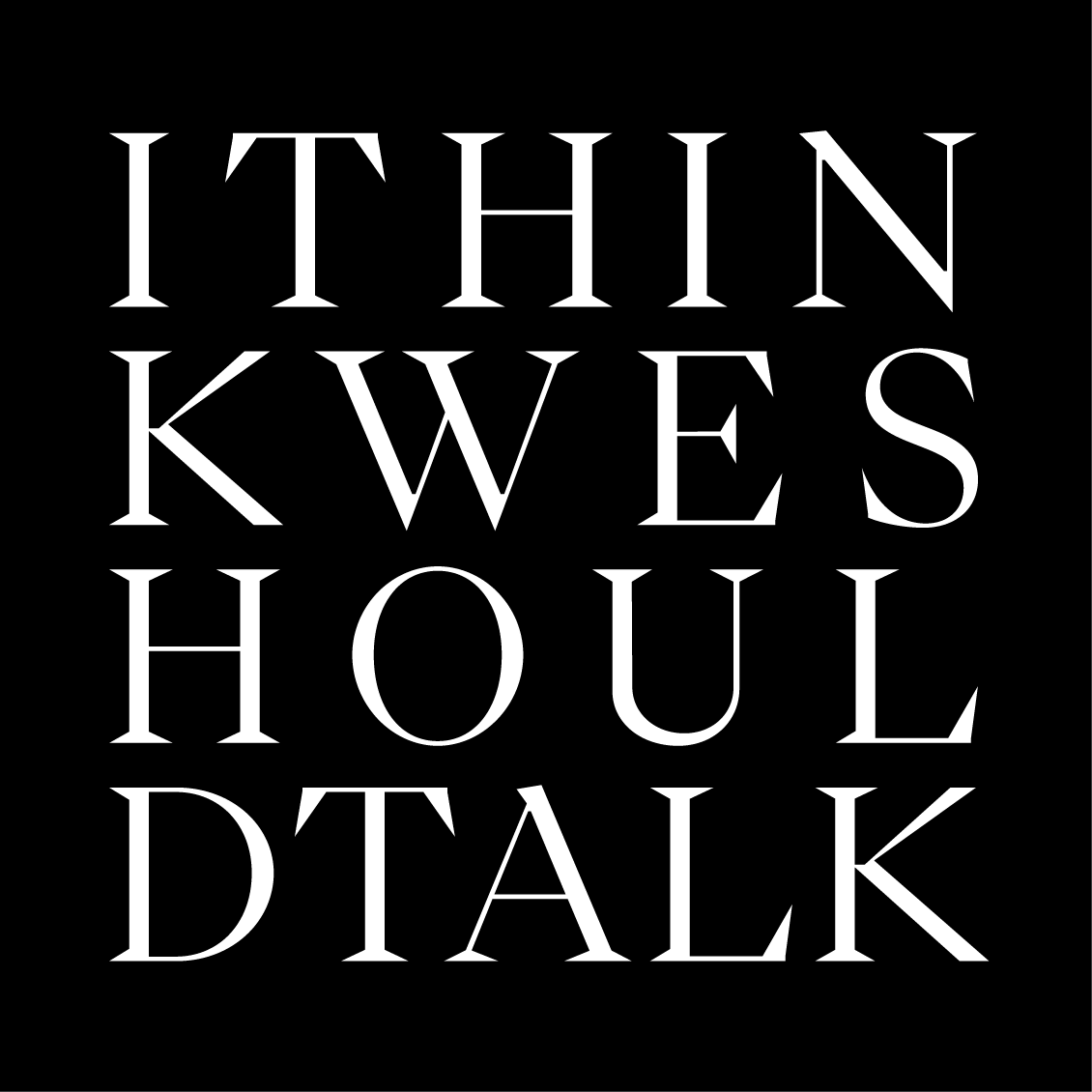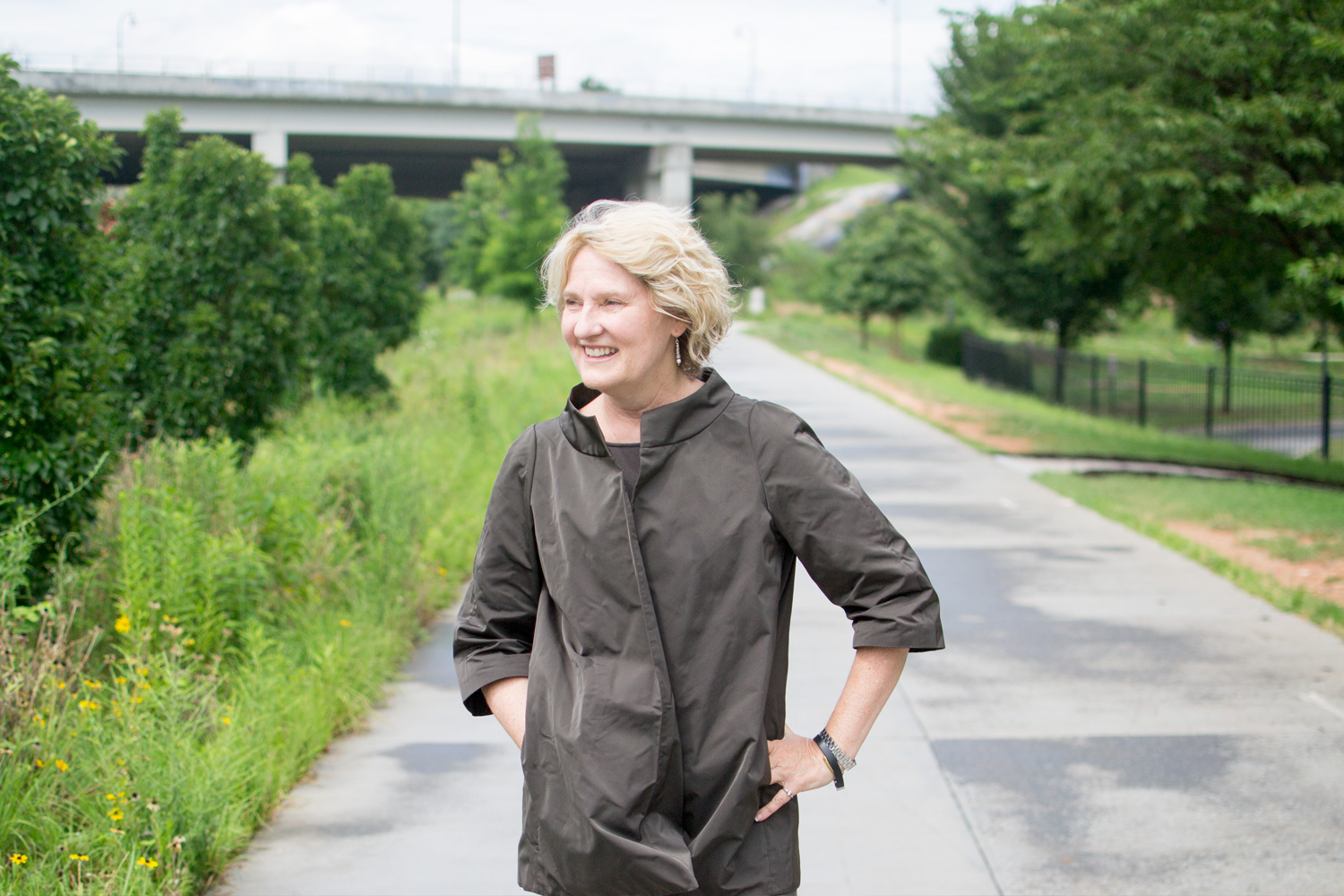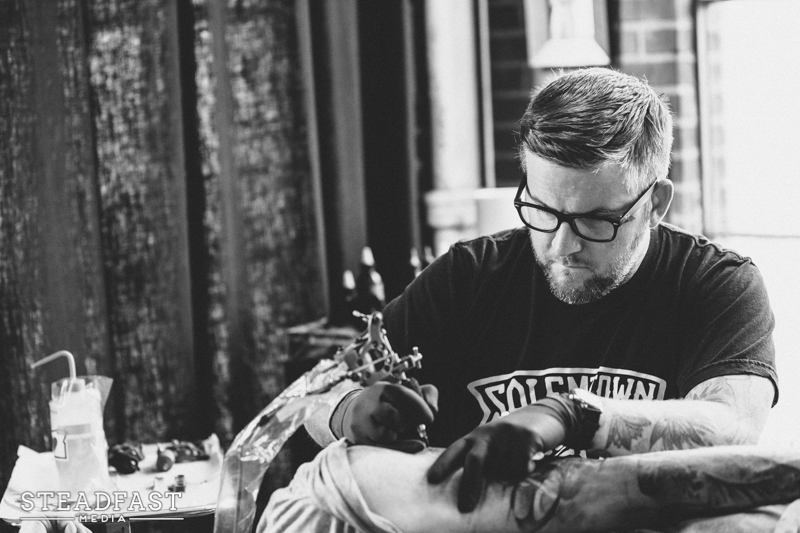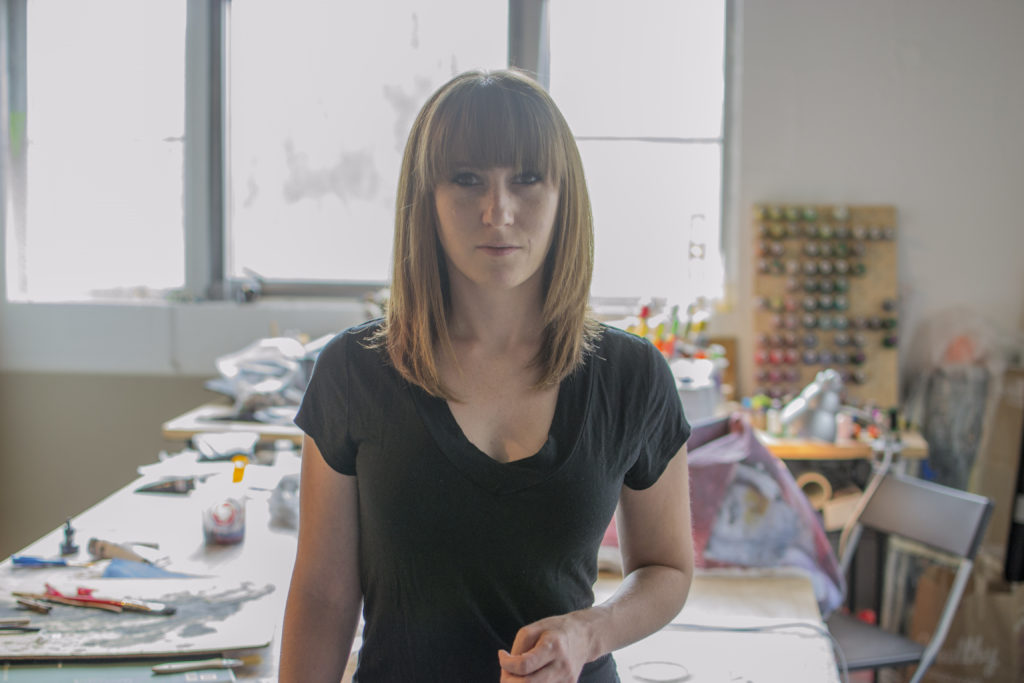Susan Reed —
Susan Reed has helped launch more than 150 products and services for 122 brands representing more than 25 industries. Her clients have ranged from start-ups to Fortune 50s and have included Disney, GE, Interface, the American Cancer Society, Goodwill, Herman Miller, Cox, Wells Fargo, Waste Management, and many others.
A strategist, author and speaker, Susan Reed specializes in high impact programs for corporations, strategic business units, and nonprofits. She is passionately committed to driving up profitability while sustaining high growth through insightful analytics and intentional creativity.
Susan Reed is the founder and CEO of EdgeDweller, which has transformed organizations and individuals through front-end innovation practices that are powerful, practical and proven.
Susan
I started my career as a copywriter. My first published piece was titled “your head, empty space and what to do with it.” Who would’ve guessed I’d spend the rest of my life exploring this?
My passion has been about understanding creativity and how to enable it. How to make it relevant and prevalent—especially in the workplace. I’ve been working in the space of disruption of status quo for many years, okay decades. What I’ve discovered later in life is that I’ve simply put process behind the way a disruptive thinker creates. And made it digestible, logical, repeatable. Today we take that to the business world. We teach them how to do it and plug it in.
The barriers to creativity are enormous. I never would have imagined how deep and wide they are. Our discoveries have proven again and again—if you start with the idea, it will never work.
The first hurdle to overcome to enable creativity is common language. It leads to consensus, which in turn leads to success. Once the key players agree on the kind of innovation they need, they can define the success metrics and end up with a common understanding of what I refer to as intentional innovation. This opens up permission to be creative.NOW you’re ready to go.
So as you might imagine, we have tons of analytics in the beginning of our process. In the middle, it switches to high-level creativity, and at the end we come back to the analytics. Only when we answer to analytics can we make creativity work!
We often kick-start creativity with an exercise that gives people three minutes to come up with new uses for a dying orchid. Reinvent a dying orchid. It’s nonsensical, but it helps get people out of their analytical mind. We start with this exercise to find out how people feel about creativity. And we found that most people don’t like it. And they don’t like it in very specific ways.
If you look at why I do what I do, everything I’ve worked on has been to enable, reignite, or reward creativity.
Susan
Most people think the ideator performs at the highest level of creative contribution. In our model, not true. Disruption takes way more than ideators: it takes a village.
Each distinctive profile has hero tasks, as well as problem solving gaps. We found that if we put a Stabilizer in charge of an initiative, it would get reformulated based on the way they problem-solve. A big changing idea would suddenly become incremental. So these personality profiles are important. Once we understand the profiles, creativity can happen amazingly fast.
The HBDI (Hermann Brain Dominance Instrument) divides people into four categories based on how they use their brain. The Factual/Results people (blue) ask “What is creativity going to get me?” The Process people (green) want to understand where this is going and what will be at the end. The Emotional people (red) are asking “What is everyone thinking about this? How are they feeling?” And the Creative people (yellow) are the ones who enjoy it and are ready to start!
We start to engage people by letting them know that all of their issues are valid. And by assuring them that creativity must embrace all of their issues to be successful. Most creativity practices are exclusive—they don’t address the concerns of the entire cast.
To help people work better, faster together, we spent years figuring out how people blend creative and critical thinking while problem-solving.There are people with high levels of critical thinking with very little creativity, and all the way to the other end.
Because the workplace is filled with different personalities, they all have to work together toward—and contribute to—creativity. We created six different thinking profiles to help us team-up advanced problem solving teams.
There are [1] Stabilizers like Jane Goodall who ask “What is?” There are [2] Optimizers like Sam Walton who ask “What’s next?” There are [3] Evolvers like Bill Gates who ask “What can we be?” There are [4] Disruptors like Steve Jobs who ask “What will the future be?” There are [5] Differentiators like David Ogilvy who ask “How will we stand out?” And there are [6] Ideators like Lucille Ball who ask “What can we do that will be original?”
As crazy as it sounds, we’ve discovered how to reignite genius levels of creativity. We’ve simply put process behind the way a disruptive thinker creates.
Susan
We found a study that was funded by NASA (Dr. George Land, 1968, Sample size 1600; then 280,000. NASA) that helped overcome one of the biggest hurdles to creativity. They took a sample of 1,600 kids and found that at the age of 5, 98% had genius levels of imagination and creativity. At the age of 10 it dropped to 30%. At the age of 15, it had fallen to 12%. By 31 years old, only 2% had genius levels of imagination and creativity.
We had been using one percent as our estimate of people in the corporate world who are actually using these levels of creativity. What this tells us is that there’s a 98% chance that you have it in you, and there’s a huge chance you’ve had it washed out of you.
The only way to open the door to creativity in the workplace is to make it fast, productive, and to engage everyone.
Susan
As crazy as it sounds, we have discovered how to reignite disruptive levels of creativity. Never in a million years did I believe creativity could be deconstructed. Had I not been challenged by my own team to clarify exactly what we do to create disruptive solutions, these discoveries may never have occurred.
So now, 20 years later, I have reinforced some former beliefs and carved out space for new ones. Some of the first and foremost are:
One: Disruptive thinking occurs as a series of thinking patterns conducted at lightning speed.
Two: The reason people are more creative in the woods or in the shower is they grant subconscious permission to repress critical filters—that tendency to over-rationalize and eliminate creative ideas prematurely.
Three: If you start and end with analytics, you’ll open more doors to creativity because leadership will give it a chance.
Four: Process is an integral part of creativity, especially in bringing innovation inside organizations. Without process and common language, creativity will fail. It does every day.
Today our process is working; it is opening doors to creativity and innovation. Not because any piece of it is necessarily better, but because we’ve figured out how to put it all together in a way that balances creativity and analytics so that businesses can engage.
Susan
As far as personal creativity goes, there are plenty of arguments for both adhering to process and letting genius or madness take over to “un-process.” This need to balance process and creative anarchy is something I have grappled with my entire life.
On a recent journey on the Camino de Santiago with my son, I realized I was both happy and sad to discover the role of process in creativity. As I walked slowly on the long road to Santiago, I couldn’t help but listen to the voice in the back of my mind whispering—“Susan, don't just walk from process, run from it.” So for a very long time, I retreated to my imaginary tree and created without any need for explanation, rationalization, or interpretation to my heart’s content!”







